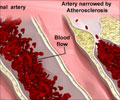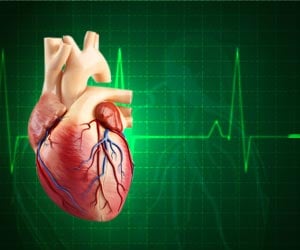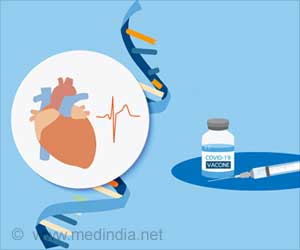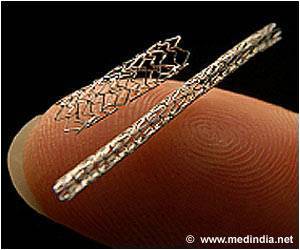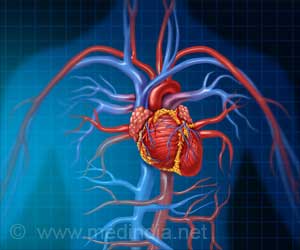Combining statins with eicosapentaenoic acid (EPA), an omega-3 fatty acid, can help reduce the risk of cardiovascular disease, a new study reveals.
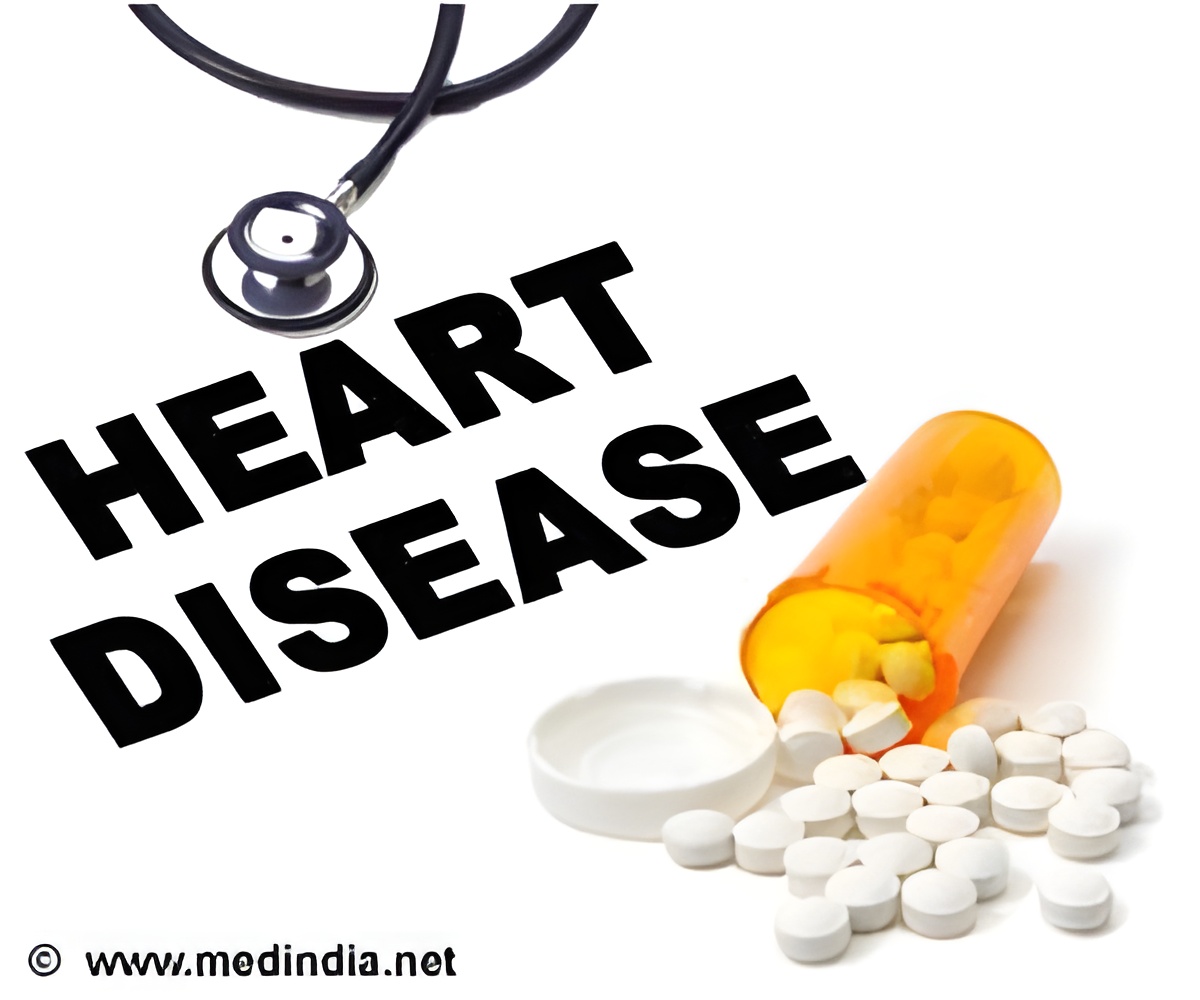
Using human tissue, researchers analyzed whether EPA could enhance the benefits of statins on endothelial cells. Blood vessels from human umbilical vein cells were collected from healthy donors and then subjected to disease-like conditions in the laboratory using oxidized low-density lipoproteins (LDL). Using nanotechnology approaches, researchers measured the release of molecules from the endothelial cells including nitric oxide, an essential regulator of blood vessel health. The researchers found that the combination of EPA and a statin was more than 50 percent better than the statin alone in reversing endothelial damage.
Researchers conclude that there is a potent and favorable interaction between the omega-3 fatty acid, EPA, and widely used statins, and suggest that a therapeutic strategy with this combination may be beneficial patients with increased risk for CV disease.
These new results may also underscore the importance of coupling high-quality statin therapies with an omega-3 agent such as EPA in potentially reducing cardiovascular risk, in addition to treating elevated triglycerides. High circulating triglyceride levels are considered a risk factor associated with cardiovascular disease, along with HDL, LDL cholesterol and blood pressure. New strategies to help patients manage this aspect of cardiovascular risk show promise in the overall prevention and treatment of heart disease.
The researchers note that future research is needed, particularly in humans, including cardiovascular outcomes data in randomized clinical trials.
Source-Eurekalert
 MEDINDIA
MEDINDIA



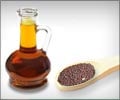
 Email
Email

